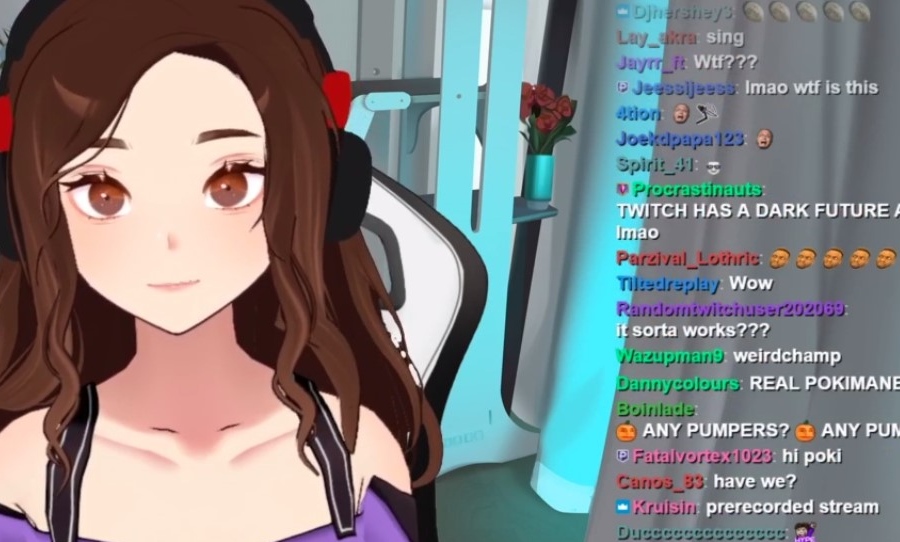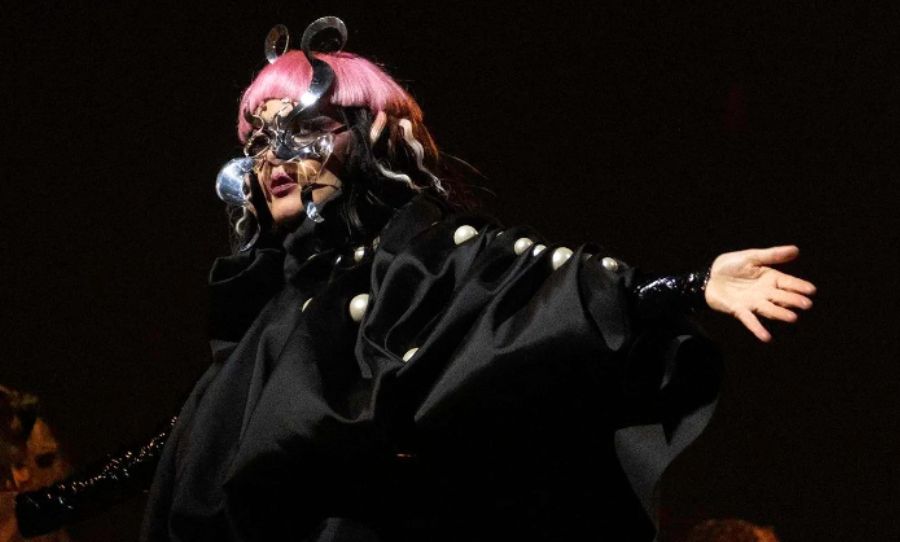The next generation in live streaming, Vtubers paint a likely picture for the future of online content and internet personalities.
Vtubers (shorthand for virtual Youtubers) are starting to get noticed by the Western community after their initial, resounding success in Japan. These motion-tracked personalities seem to have everything a regular Youtuber or streamer has, minus their real faces.
So just what exactly is it that makes these virtual personalities so appealing, and where did they come from? We’re here to explain.
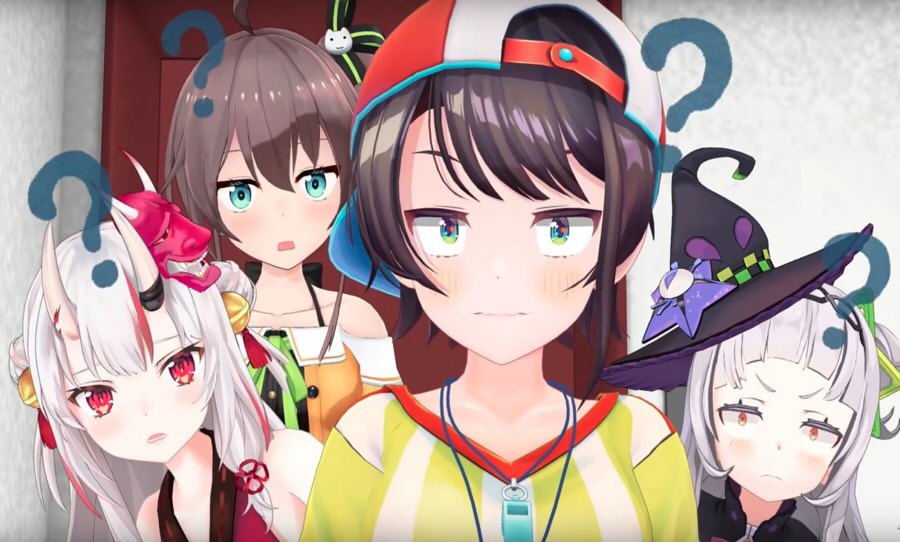
History
It’s important to understand how it all began. You see, this wasn’t an overnight sensation nor was it a gimmick; it’s a movement that took years before it escalated into the growing phenomenon that we know today.
The whole concept of vlogging and using virtual avatars for self-representation has actually existed for some time now. In 2011, the UK-based Japanese vlogger Ami Yamato was the first relatively well known personality using a virtual avatar. In 2015, the toy company Mattel used a virtual Barbie Doll ‘vlogging’ as a marketing stunt.
Both were legitimate applications of the art, but neither had any resounding success.
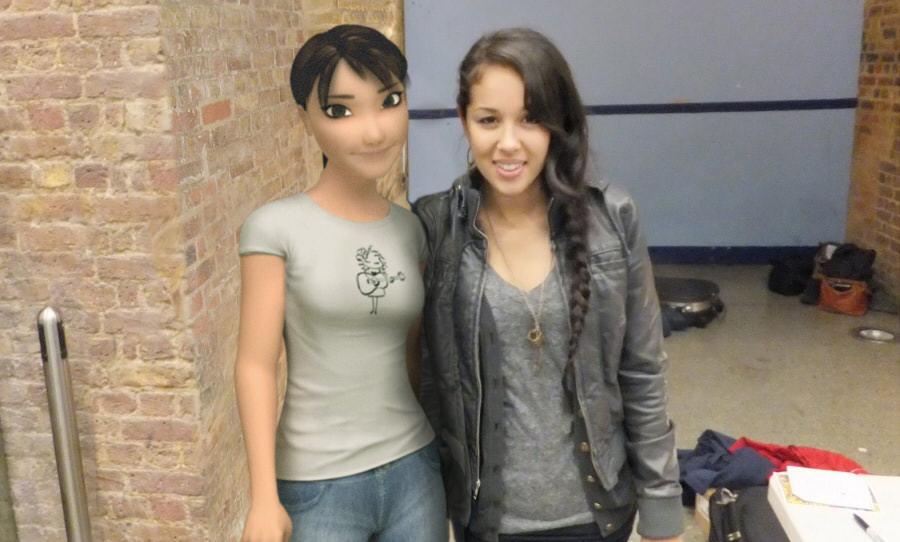
Kizuna AI
Towards the end of 2016, the most popular Vtuber had debuted on Youtube, and by now many would argue that Kizuna AI was the pioneer of this peculiar social genre. Hailing herself as the first Virtual Youtuber (she pretty much coined the term), her numbers grew faster than most human Youtubers. With over 2.9 million subscribers on her main channel and her most popular video garnering over 15 million views, she is straight up crushing it in her online spaces.
In addition to having the appearance of a cute anime girl, she doesn’t lose out to any ‘real’ Youtuber in terms of quality. As we shift into an era where the internet can provide satisfying content without ever dipping into IRL spaces (such as musicians making a living through Spotify or conventional video game streamers), the concept of a Vtuber has become totally feasible.
Most of her Kizuna’s content revolves around singing, game play-throughs, and fan interaction, all done in her virtual space.
Any good Youtuber employs a high level of social interactivity to retain the viewers on their channel, and Kizuna AI is no exception. The Vtuber does this exceptionally, consistently creating videos with content geared towards her fans.
The most notable example of this would be her 2018 interactions with the most popular Youtuber out there, Felix Kjellberg. Bet you didn’t know that PewDiePie was a fan, did you?
These interactions incentivise viewers to return and remain as followers. In this instance with PewDiePie, both her reputation and popularity shot through the roof. After a positive reaction to her content on his own channel, Kizuna AI became the first Vtuber to reach a global audiences on a large scale.
But Kizuna AI’s greatest contribution to the reputation of Vtubers is likely her position as a culture ambassador for the Japan National Tourism Organisation. Many would argue that this was the moment Vtubers had their game-changing 15 minutes in Japan, as many other virtual content creators had a massive boost in their followings.
Her interactions with people and fans would reveal this Japanese Vtuber as a fun loving high school girl with an existential crisis, simply hitting a niche for domestic and international fans of Japanese culture.
In the end, when we boil down all these reasons, the fact is: Kizuna AI is a Youtuber and she is simply good at her job. She just happens to have an anime avatar.
Hololive Production (hololive)
If Kizuna AI was the spark that started this Vtuber craze, then hololive is the fuel that has kept the trend alive. Hololive Production is an agency of Virtual Youtubers that works the same as any other company in the talent industry, giving the trend some much-deserved PR on a level they hadn’t reached before, their influence now primed to go world-wide.
As of November 2019, they have reached 2.6 million and 3.5 million subscribers on Youtube and bilibili (a Chinese Youtube equivalent) respectively. This agency stated in June 2019 and it’s just incredible how much popular they’ve become in such a short time — in comparison, it took Kizuna AI two years to become a worldwide sensation.

But unlike single content creators, hololive functions as a talent agency. This means that these Vtubers are being promoted on a level far beyond that of regular Youtubers — they’re practically idols. Vtubers had to undergo interviews and auditions, so it was only those with top-tiered personalities, voices, and art who would make it under the hololive banner.
This level of exposure and business acumen also brought Vtubers into the real world, establishing a physical presence in the form of sponsorship deals (just like real idols or Youtubers). In June 2019, Vtuber Kaguya Luna broke a Guinness World Record and collaborated with Nissin Foods in a publicity stunt. By attaching a phone to a helium balloon, her stream reached an altitude of 30km above sea level, breaking the previous record of 18.42km — all this to promote some cup noodle franchise.
In addition to partnerships with organisations, collaborations with celebrities were also commonplace. As hololive celebrities and Vtubers dipped into the extremely popular (not to mention on-brand) anime industry, virtual Youtubers were seeing regular interactions with celebrities from the voice acting world.
As these voice actors are treated as big-time celebrities in Japan, these collaborations contributed greatly to their popularity.
The role of hololive’s talent has even expanded beyond the initial parameters of streaming, with ‘hololive IDOL PROJECT’ offering the performers a chance to showcase their musical skills. In February 2021, the first original-only live concert, ‘Bloom’, took place at Tokyo Garden Theatre – while in-person viewing was cancelled due to COVID-19, demand to watch the livestream confirmed the popularity of all kinds of virtual performances.
Western Integration
It was the high level of fan interaction and collusion with the real world that made the phenomenon so popular in Japan, and the rest of the world was next. Western fans of Japanese culture that had little exposure to Vtubers were now set to be targeted by Hololive English, with five new Vtubers initially introduced in September 2020, speaking the same language as you and I.
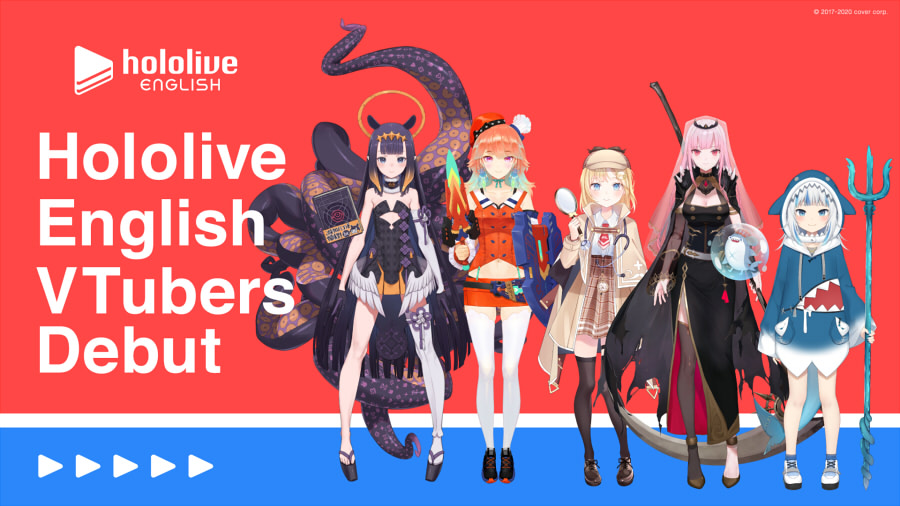
In early 2021, hololive’s parent company Cover Corporation publicly accepted applications for the second generation of English-speaking Vtubers, seeking to expand their talent roster for this new demographic. The auditions had very loose requirements – English-speaking content creators of any gender, aged 18 years or older could apply as along as they could commit to performing at least three times a week for a year.
Applicants didn’t even need their own avatars, with the company providing one in the event of a successful audition. This lowering of the barriers to entry for streamers who have not yet stepped into the virtual world demonstrated ongoing efforts to expand the Western community and welcome new viewers and streamers alike.
No longer bound by physical restrictions and real world barriers, the appeal for streamers is nothing to scoff at. The phenomenon has distinct advantages for the real people behind the animated facades, offering online entertainers a sense of safety, as well as freeing them from viewer’s expectations of how they should look (after all, it’s a lot easier to slip into a virtual avatar than get ‘camera-ready’).
The increasing consistency in production quality has now attracted Western content creators to mimic this art form, not to mention inspiring budding Vtubers to enter the industry. The process isn’t too difficult, and currently there are many programs that streamline the tech side of Vtubing.
In late 2020, 7.6 million Twitch followers of Imane Anys (Pokimane) were blown away when her Among Us stream featured a 3D motion-tracked model of her. Despite having mixed reactions from her fans at first, this could certainly signify a trend with Western Youtubers.
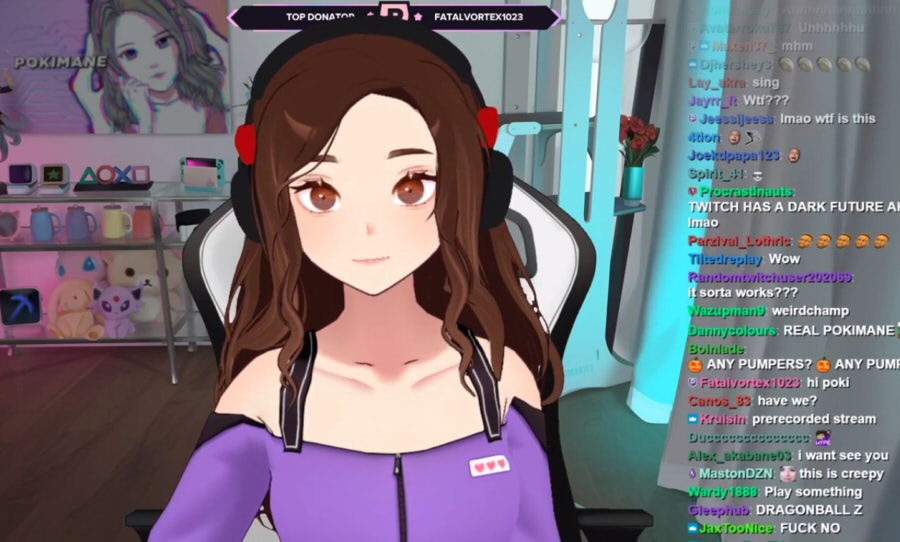
It is worth mentioning the hardcore and often volatile nature of Vtuber fans – this is the internet, after all. Lily Ki (LilyPichu) had attempted to use an anime avatar on her off-cam days, yet this received a different response.
Despite being colleagues with Pokimane at the OfflineTV house and producing her own hand-drawn avatars, LilyPichu received severe backlash from the community — forcing the streamer to distance herself from the Vtuber title (at first).
i’m going to use a cute anime avatar to represent me on no cam days, so i’m not really a “vtuber.” i’m still me! idk what to call that. i didn’t mean to offend anyone or look sus on the timing. I thought it was really cool my roommate had the same idea. :( sorry.
— lily (@LilyPichu) September 14, 2020
Although it seems like a harsh industry at a deeper glance, it’s clear as day that this is the beginning of a new age of online content. Given the popularity of hololive, existing Western fans may struggle with community backlash at first, but many are supportive of the budding future of Vtubers and their ability to break past cultural and language barriers.
counting down the days I can shed my useless 3d exterior to become anime
— lily (@LilyPichu) September 20, 2020
So what are you waiting for? Start your adventure into the Vtuber rabbit hole today – this isn’t going anywhere.
